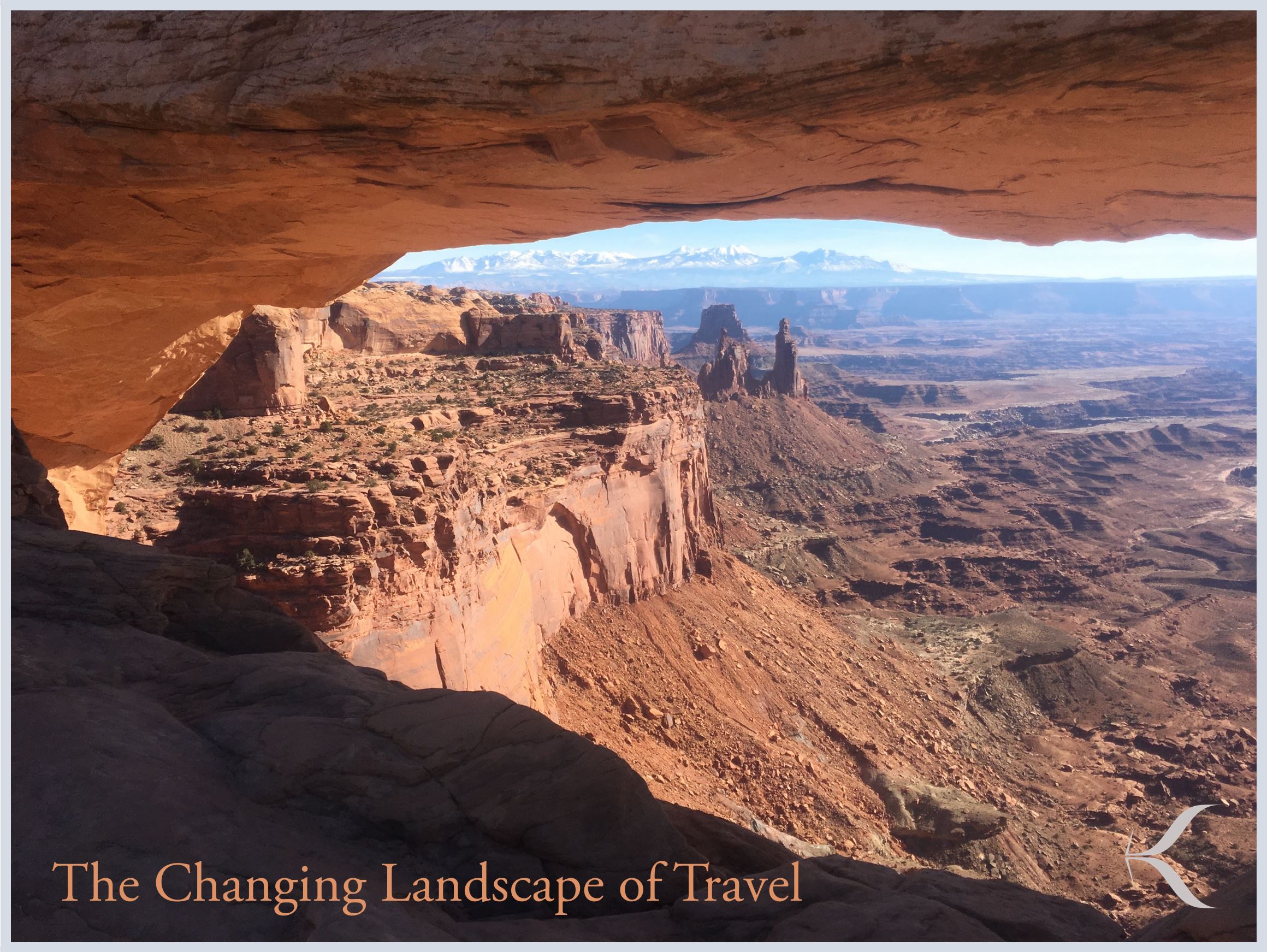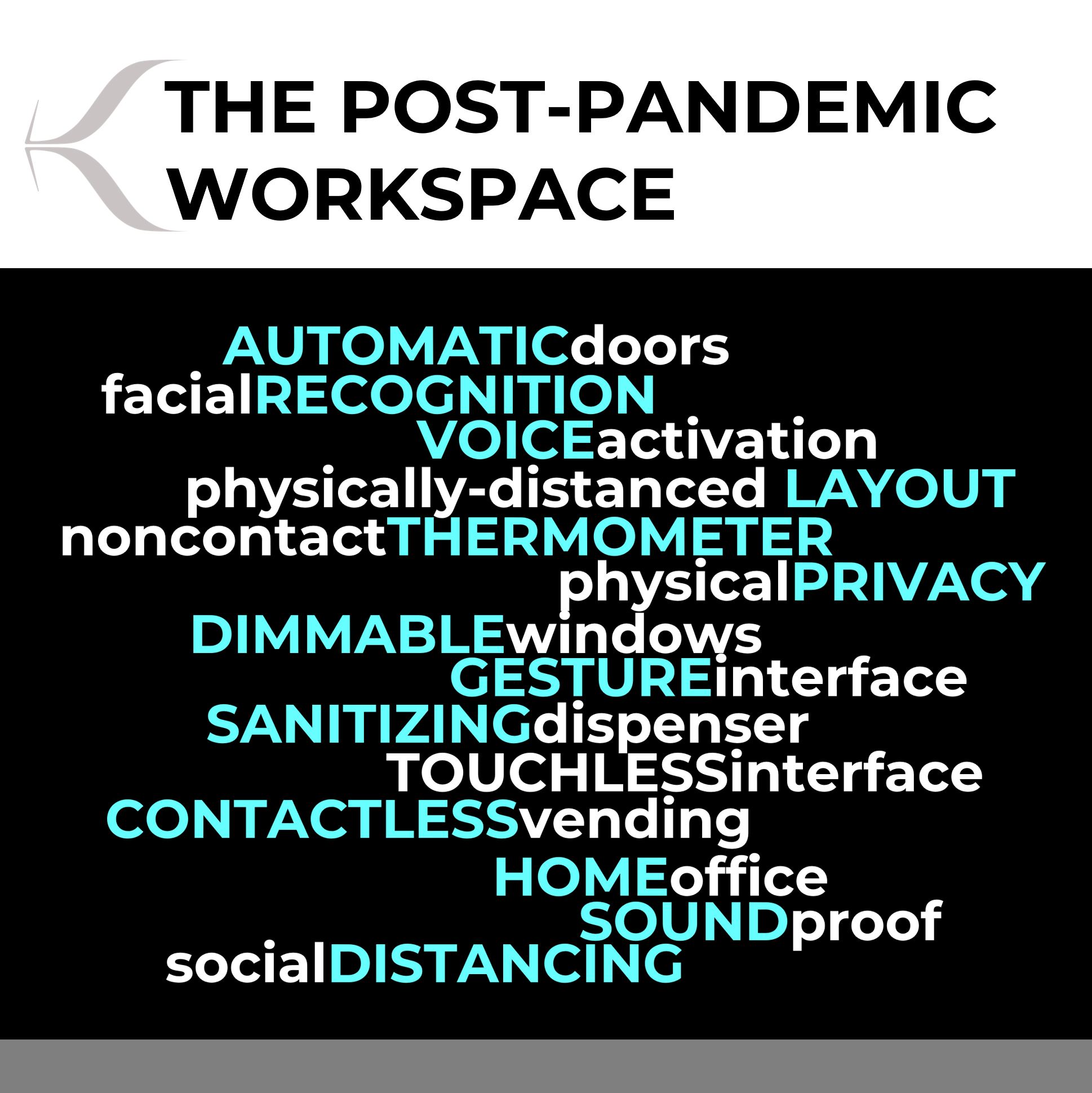Augmented Reality (AR) is an interactive experience in which digital information enhances your real-world experience in real-time. Think of looking out at the world, through a headset and seeing words overlaying your surroundings telling you about what you see. You can even experience it on your smartphone or television. The NFL uses AR when they project the moving first-down line over the real-world game.
In airports or large office buildings, with the help of beacons, you could use an AR map, looking through your phone as arrows are overlaid onto your path. Virtual shopping, with the help of AR, allows you to scan a space and place virtual furniture in the digital image of the room to try before you buy.
Another exciting application for AR is healthcare. Medical students can train in AR, and surgeons can practice and plan procedures. A multitude of professions can use AR to make new employee training more effective and efficient. Technicians can use AR overlays on real equipment to help them with repairs.
AR, like many technologies, has been pioneered in gaming, but the real-world application for it goes way beyond that into an exciting era in which it can truly augment our abilities to work and work well.


